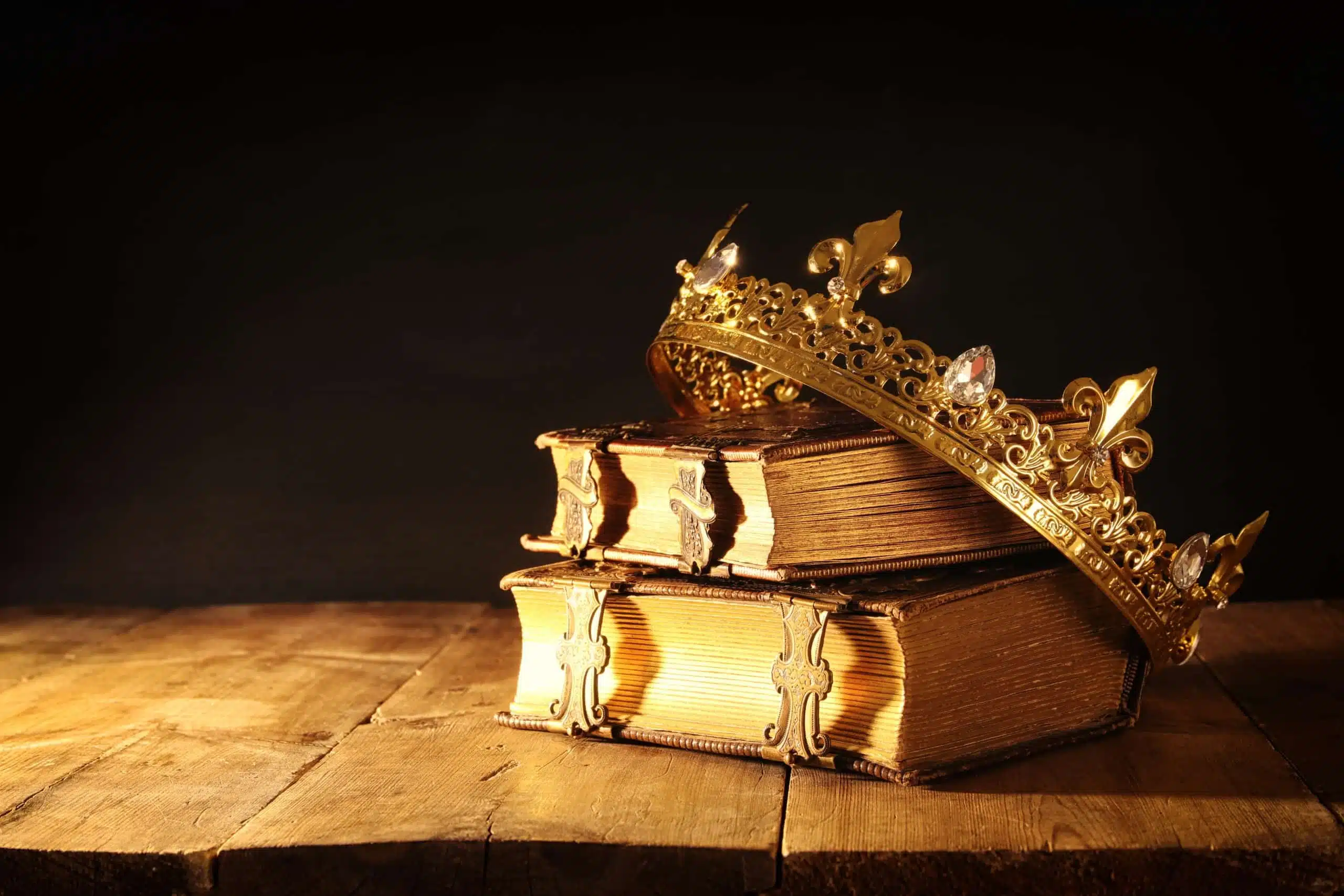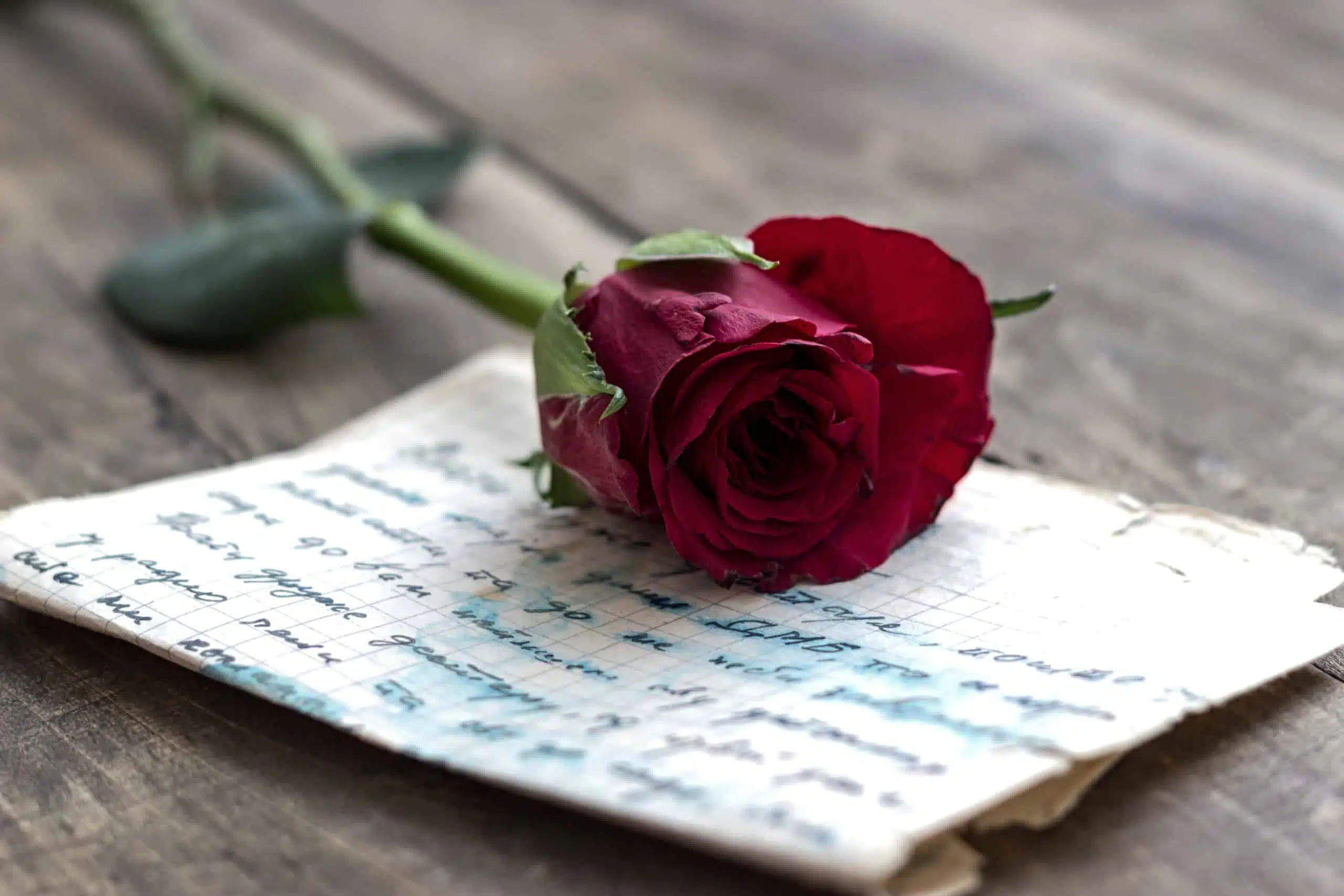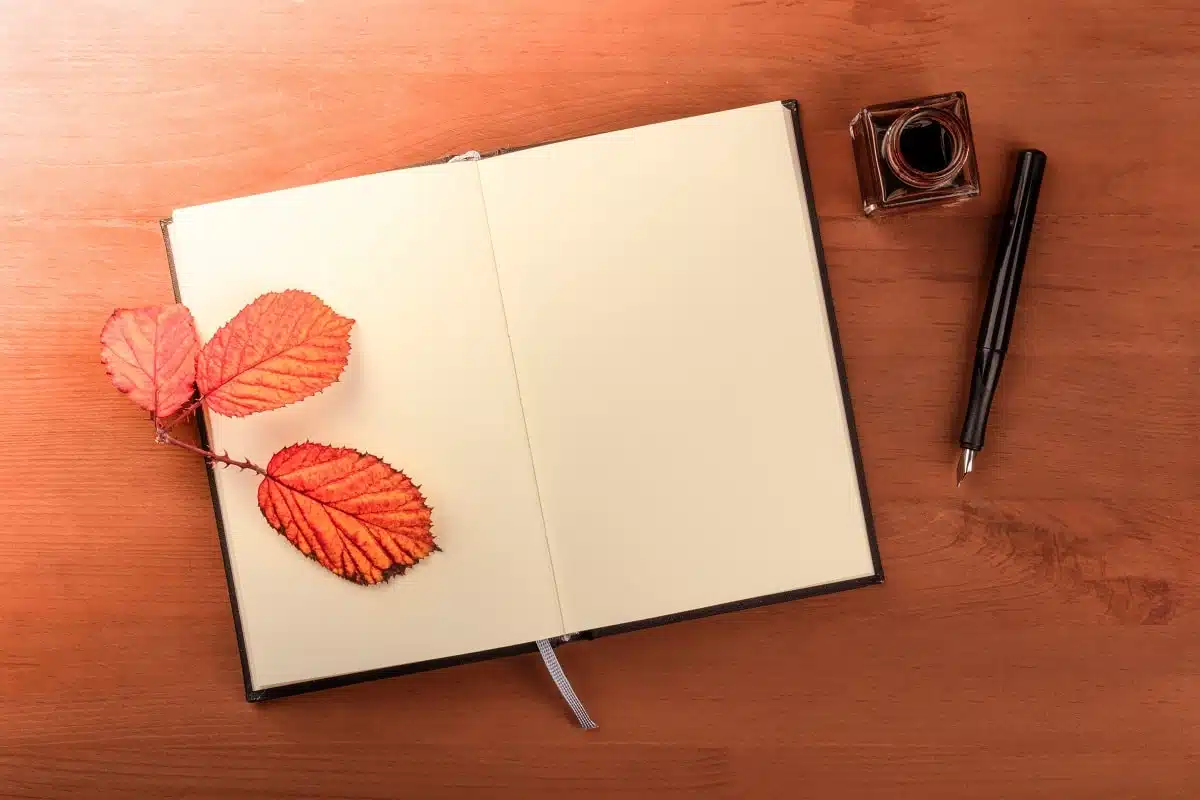Here’s what the Cyhydedd Fer poetry form is:
A cyhydedd fer is a rhymed couplet consisting of eight-syllable lines with an AA rhyme scheme.
This simple format is one of the 24 codified Welsh meters, being both an independent meter and a component used in some of the other Welsh meters.
So if you want to learn all about the Cyhydedd Fer poetry type, then this article is for you.
Keep reading!
- Gwawdodyn Byr Poetry Form: Stir Your Heart’s Ink
- Englyn Poetry Form: Enchant With Sacred Verses
- Gwawdodyn Poetry Form: Ride the Welsh Waves
- Toddaid Poetry Form: Drape Emotions in Lines
- Cyhydedd Hir Poetry Form: Master Versatile Lines
- Byr a Thoddaid Poetry Form: Set Your Pen Ablaze

Forms of Poetry: Cyhydedd Fer

A cyhydedd fer is a special type of couplet used commonly in the codified Welsh forms.
Specifically, it consists of eight syllables in each line and has an AA rhyme scheme.
Calling a cyhydedd fer a form is slightly misleading, but it does have enough significance to the history of poetry to warrant its own article.
Its worth noting that while the 24 codified strict Welsh forms are often referred to as the “Welsh meters” this is slightly disingenuous, since our concept of meter in English is based on stressed and unstressed syllables. (Welsh poetry rarely concerns itself with stresses.)
So wherever the phrase “Welsh meters” may pop up, try to keep in mind that it is not referring to a stress pattern.

As with many ancient foreign poem forms, the English sources available are limited secondhand sources, relatively speaking.
While I do my best to cross-references sources and not spread any misinformation, readers are generally advised to take articles about uncommon foreign poem forms with a grain of salt.
The codified Welsh meters come from a time when oral poetry was the norm, and as such they pull heavily from techniques such as rhyme and repetition.
This both makes the poems more entertaining when spoken and makes them easier for the performer to remember.
Basic Properties of Cyhydedd Fer

| Rhyme Structure | Strict |
| Meter | Unmetered |
| Origins | Welsh |
| Popularity | Uncommon in English but is one of the simplest codified Welsh forms |
| Theme | Varies |
How Is the Chyhydedd Fer Structured?

Technically speaking, the only requirement for a cyhydedd fer is that it be a rhymed couplet with eight syllables per line.
There is no specific associated meter or theme.
The form is considered an Awdl, one of the classifications of Welsh poetry, at least by its old definition.
While the definition of Awdlau (the plural of Awdl) is a bit scattered, its old definition roughly refers to poems that are unified by the use of a single end sound.
The modern definition instead refers to long poems that utilize at least two of the strict codified forms.
While the cyhydedd fer is officially recognized as a member of the 24 codified Welsh meters, it actually appears within some other poem forms as well.

The clogyrnach, another of the 24, is a six-line poem that begins with a cyhydedd fer.
A poem written entirely in cyhydedd fer can be any even number of lines, simply by writing more and more couplets.
Welsh poems are typically extendable with repetition, even when the longer forms are used.
In English examples, the poet is generally free to use a different end sound in every couplet.
I could not find any sources that explicitly clarify if the original Welsh poems allowed for this flexibility or not, but the sources that are available in English seem to imply that this would be permitted.
Example of a Chyhydedd Fer

With just eight sounds per line to use
you must carefully, calmly choose
so as to never miss a beat.
Make sure that two rhymes always meet
within the couplets you prepare.
This is how poets prove they care.
The above example utilizes cyhydedd fer as the format, with a very slight twist.
Instead of the couplets being independent of each other, this poem weaves them into each other, even allowing some sentences to overflow into the next couplet.

While this is a bit unusual, it nonetheless shows one way to employ the format.
Remember that Welsh poetry is especially enamored with the concept of sound, so it would be best to use true rhymes if possible.
Slant rhymes tend to be more jarring in works like this than when one end sound is repeated ad nauseam.
Tips for Writing in Cyhydedd Fer Couplets

The syllable count required for cyhydedd fer is actually just about perfect for native English speakers, though this is coincidental.
At eight syllables, you should find it relatively easy to set up the next end sound and work within the space provided, without bloating the lines.
Many poets tend to think of eight to ten syllables as being the ‘sweet spot’ for English poetry, which is probably one of many reasons that Iambic tetrameter and pentameter are the most common English meters.
Since cyhydedd fer doesn’t require any specific patterns of stressed and unstressed syllables, veterans of formal poetry may even find it refreshing.
The main challenge of the form comes in sticking with the strict rhyme scheme.

While eight syllables is a comfortable workspace, having to follow up a line with a rhyme on the immediate next line still requires some forethought.
Always be thinking about how you’ll lead into the end of the couplet, even while you’re still writing the first line of the couplet.
One trick you can use for rhyming in general is to have certain ‘fallbacks’ in mind for end sounds.
Words that end in simple sounds like tree, green, and sky are incredibly easy to rhyme with. Common suffixes (like “-ation” and “-ity”) are another opportunity to keep your eyes open for.
Poet’s Note

The stark contrast between the simplest and most complex of the codified Welsh meters is fascinating. The cyhydedd fer is easily one of the most basic, but it is because it’s so basic that it actually appears even within other more complicated forms.
Comprehensive Collection of Poetry Forms: Craft Words Into Art

Dare to traverse the entire spectrum of poetic forms, from the commonplace to the extraordinary?
Venture from the quintessential Sonnet to the elusive Mistress Bradstreet stanza, right through to the daunting complexity of Cro Cumaisc Etir Casbairdni Ocus Lethrannaigecht.
For those with a zeal to encounter the full breadth of poetry’s forms, this invitation is yours.
Start exploring the vast universe of poetic ingenuity with our comprehensive array of poetry forms right now!
